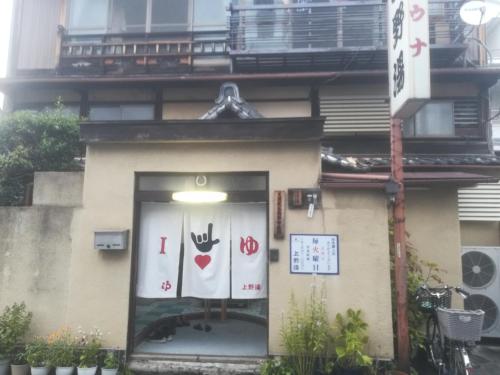Jōshōkōji Temple
menuMenu
A serene ancient temple associated with Emperor Kōgon. Known as a beautiful spot for autumn leaves, it offers seasonal natural beauty.












Highlights
- Temple associated with Emperor Kōgon
- Nestled in tranquil mountains
- Beautiful seasonal nature
- Famous for autumn leaves
- Garden designed by Emperor Kōgon
Basic Information
- Address
- 14-6 Maruyama, Keihoku Idocho, Ukyo-ku, Kyoto City, Kyoto Prefecture Search for tourist attractions in Kyoto
- Access
- Take the West Japan JR Bus (Takao/Keihoku Line) from JR Kyoto Station or Hankyu Kyoto Line Omiya Station. The ride is approximately 1 hour and 30 minutes to Shuzan Station. Transfer to the Keihoku Furusato Bus (Yamano-kuni direction) and ride for about 15 minutes to Yamano-kuni Goryomae. A 7-minute walk from there will take you to the temple. Show route
- Op.Hours
- 9:00 AM - 4:00 PM
- Cld.Days
- Mondays
- Fee
- Around 500 yen (approximately $3.50 - $5.00 USD, depending on the current exchange rate)
- INFO
- The grounds are open to the public for free viewing.
Overview
Recommended nearby attractions
Jōshōkōji Temple

A temple with ties to Emperor Kōgon, its serene garden offers breathtaking views throughout the year.
Jojakko-ji Temple

A beautiful temple nestled in a tranquil forest, renowned for its stunning scenery and autumn leaves.
Myoshin-ji Keishun-in

A tranquil space known for its beautiful garden of maple leaves and moss.
Giouji Temple

A serene temple with a beautiful, moss-covered garden, perfect for a quiet moment.
Shōkoku-ji Temple

A historic temple established by Ashikaga Yoshimitsu. Don't miss the "crying dragon" painted on the ceiling of the Hōdō!
Entoku-in Temple

Entoku-in, renowned for its autumn foliage, is at its most breathtaking during the fall maple season. The vibrant crimson leaves contrast beautifully with the kare-sansui (dry landscape) garden, captivating all who visit.
Sōon-an Temple (Ikkyū-ji Temple)

Full of highlights, including the bridge from the anime "Ikkyu-san" famous for the phrase "Don't cross this bridge!" and the tiger screen! The beautiful garden, which changes with the seasons, is also a major attraction.
Kodai-ji Temple

A serene temple built by Nene, Toyotomi Hideyoshi's wife. Features beautiful gardens, tea houses, and seasonal illuminations.
Daitoku-ji Temple

With its sprawling grounds dotted with sub-temples, serene karesansui (dry landscape) gardens, and historically and culturally significant structures, Daitoku-ji is a must-see Zen temple representing the best of Kyoto.
Daikaku-ji Temple

A temple boasting expansive gardens and historical structures, originating from the imperial villa of a Heian-era emperor.
Nearby Hotels
Ryokan Nenrinbo

ROKU Kyoto LXR Hotels & Resorts

ez guest house

International Guest House Tani House

Guest House Sakurakomachi

K-style Kinkakuji

IS KYOUYUKARI

guest house kyorakuya kinkakuji

New京町屋<時の宿・上七軒> 北野天満宮徒歩1分~最大4人

Kyomachiya Guesthouse Ryoan-Ori

